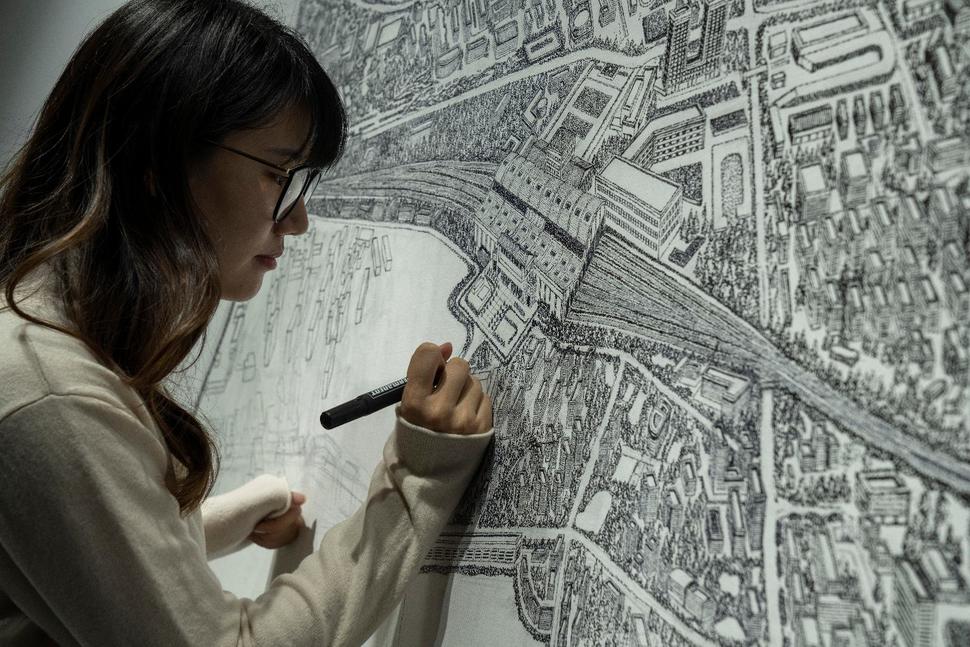Master’s in Peacebuilding Promotes Understanding Collective Trauma

Hartford Seminary’s Master’s in International Peacebuilding program develops students’ capacity to engage conflict constructively, build empathic relationships within groups, and nurture communities that foster inclusivity and compassion.
One aspect of the program is promoting an understanding of collective trauma. Just as trauma can influence how individuals view and interact with the world around them, collective trauma can shape the reality and influence how groups of people experience reality and relate to others.
Collective trauma can be reflected in art, which represents a gateway to a deeper understanding of the trauma groups of people go through as a shared experience. Research has also shown that art contributes to physiological and psychological healing, underscoring the important role art plays in recovering from trauma.
There are many examples throughout history of art emerging from traumatic events that happen to groups of people, from natural disasters to wars to terrorist attacks—to the current global COVID-19 pandemic.
Art and Processing the Cost of COVID-19
The COVID-19 pandemic has claimed millions of lives, sickened millions more, wrecked livelihoods, heightened fear and anxiety, and altered (at least temporarily) how humans interact with one another. Only now, more than a year into the pandemic, have we begun to process the severity of this globally traumatic event.
In moments like this, art can help us both better understand the depth of the collective trauma many are experiencing and provide a cathartic outlet to process what has happened and begin to recover from it.
Yang Qian, an artist in Wuhan, China, the initial epicenter of the global pandemic, has employed her art to capture the resulting trauma and to harness the power of art to promote recovery.
Her work, which include scenes from an overwhelmed hospital in Wuhan, tells stories of COVID-19’s impact, and helps crystalize a collective memory of the pandemic’s human toll.
While not always easy to view and, at times, devastating, art, like that of Yang Qian, helps us to come to terms with the trauma caused by the pandemic so that we can begin healing.
The World Health Organization (WHO) has also recognized the unique and deeply important value of art. Earlier this year the WHO joined with a coalition of cultural partners and launched a “call to action” for artists to counter “the mental health crisis of isolation, anxiety and bereavement caused by the COVID-19 pandemic.”
Religious leaders, in their critical peacebuilding efforts, follow a long tradition of looking to art for perspective and understanding in the face of human tragedy and trauma. The art borne of the global COVID-19 pandemic offers the same power to promote depth of feeling, just as art of the past has documented and brought to the forefront the human cost of other catastrophes throughout history.
A Historical Perspective
Students in Hartford Seminary’s MA in International Peacebuilding (MAP) program explore the relationship between collective trauma and art through a historical perspective in the course “Restorative History: Building Peace After Collective Trauma,” which informs peacebuilding by deepening students’ understanding of the effects of collective trauma and how to respond to it, including by tapping into the power of art.
It’s just one part of this comprehensive the one-year, 36-credit, professional master’s degree program that develops students’ capacity to build vibrant, healthy inter- and-intra-religious relationships.
Read more about the MA in International Peacebuilding Program.
Photo Credit (AP Photo/Ng Han Guan)
